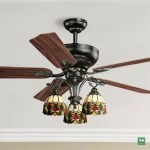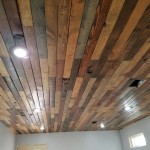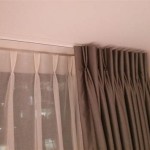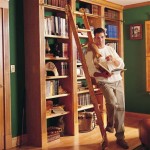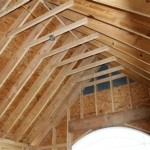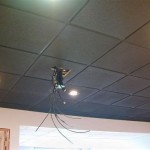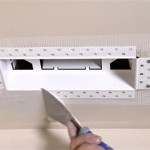When Did Tray Ceilings Become Popular? A Historical Overview
Tray ceilings, also known as recessed or inverted ceilings, add architectural interest and a sense of height to a room. Their resurgence in popularity is a relatively recent phenomenon, but their roots lie much deeper in architectural history. Understanding the historical context of tray ceilings reveals a fascinating interplay of design trends, construction practices, and societal influences.
Early Influences: Coffered Ceilings of Antiquity
The concept of a recessed ceiling design can be traced back to ancient civilizations. Coffered ceilings, characterized by a grid of sunken panels, were popular in ancient Rome, Greece, and Egypt. These intricate designs served both aesthetic and practical purposes. They reduced the weight of the ceiling structure, enhanced acoustics, and provided a framework for decorative elements. While not strictly tray ceilings, coffered ceilings represent an early exploration of manipulating ceiling planes for visual effect.
Renaissance Revival and Victorian Era Influences
The Renaissance saw a renewed interest in classical architecture, and with it, a return of decorative ceiling treatments. During the Victorian era (1837-1901), ornate plasterwork and elaborate ceiling designs became increasingly prevalent in upscale homes. While grand coffered ceilings remained a feature of large, stately homes, simpler recessed designs began to emerge, foreshadowing the modern tray ceiling.
The Rise of the Mid-Century Modern Home
The post-World War II housing boom brought about significant changes in architectural styles and construction practices. The mid-century modern movement, with its emphasis on clean lines, open floor plans, and minimalist aesthetics, influenced ceiling design. While not as common as vaulted ceilings during this period, tray ceilings started to appear in more modest homes, offering a touch of elegance and visual interest without the expense of a full cathedral ceiling.
The 1980s and 1990s: The Tray Ceiling Takes Center Stage
The 1980s and 1990s witnessed a surge in the popularity of tray ceilings. Several factors contributed to this phenomenon. The increasing affordability of construction materials and labor made adding architectural details like tray ceilings more accessible to homeowners. The era's focus on showcasing large, open living spaces also made tray ceilings a desirable feature, as they helped define different areas within a room and add a sense of grandeur.
Factors Contributing to the 1980s and 1990s Popularity
The rise of the McMansion, characterized by its large size and elaborate features, further fueled the trend. Tray ceilings became a hallmark of these homes, often accompanied by ornate moldings, dramatic lighting fixtures, and contrasting paint colors. This era also saw an increase in the use of drywall, which made it easier and less expensive to construct complex ceiling shapes like trays.
The 21st Century: Evolving Aesthetics and Continued Relevance
While the over-the-top styles of the 1980s and 1990s have waned, tray ceilings remain a popular design element in the 21st century. Contemporary applications often favor a more restrained approach, with simpler designs and less ornamentation.
Modern Applications of Tray Ceilings
Tray ceilings continue to be used to add visual interest and create a sense of height in various rooms, including living rooms, dining rooms, and master bedrooms. They offer an opportunity to incorporate indirect lighting, enhancing the ambiance of a space. The design versatility of tray ceilings allows them to complement a wide range of interior styles, from traditional to contemporary.
Influence of Lighting Design
Advances in lighting technology have played a role in the continued popularity of tray ceilings. Recessed lighting, LED strip lighting, and pendant fixtures can be strategically placed within the recessed area to create dramatic lighting effects, highlighting the architectural detail and enhancing the overall design.
Tray Ceilings in Current Architectural Trends
Current trends in architecture and interior design continue to embrace the tray ceiling, albeit with a renewed focus on simplicity and functionality. The use of contrasting paint colors and subtle textures has become a popular way to accentuate the design. The enduring appeal of tray ceilings lies in their ability to elevate a space, adding both visual interest and a touch of architectural sophistication.

All You Need To Know About Tray Ceilings Bob Vila

Are Tray Ceilings Out Of Style

Tray Ceilings Dated Or Desirable Real Homes

All You Need To Know About Tray Ceilings Conclusive 2024 Guide Afrohouseplans

All You Need To Know About Tray Ceilings Bob Vila

What Color Should A Tray Ceiling Be Painted Part 4 Kylie M Interiors

Can A Tray Ceiling Make Room Feel Luxurious And Elegant

All You Need To Know About Tray Ceilings Bob Vila

Tray Ceilings Pros And Cons A Primer On

Tray Ceiling Options Design Build Planners
Related Posts

